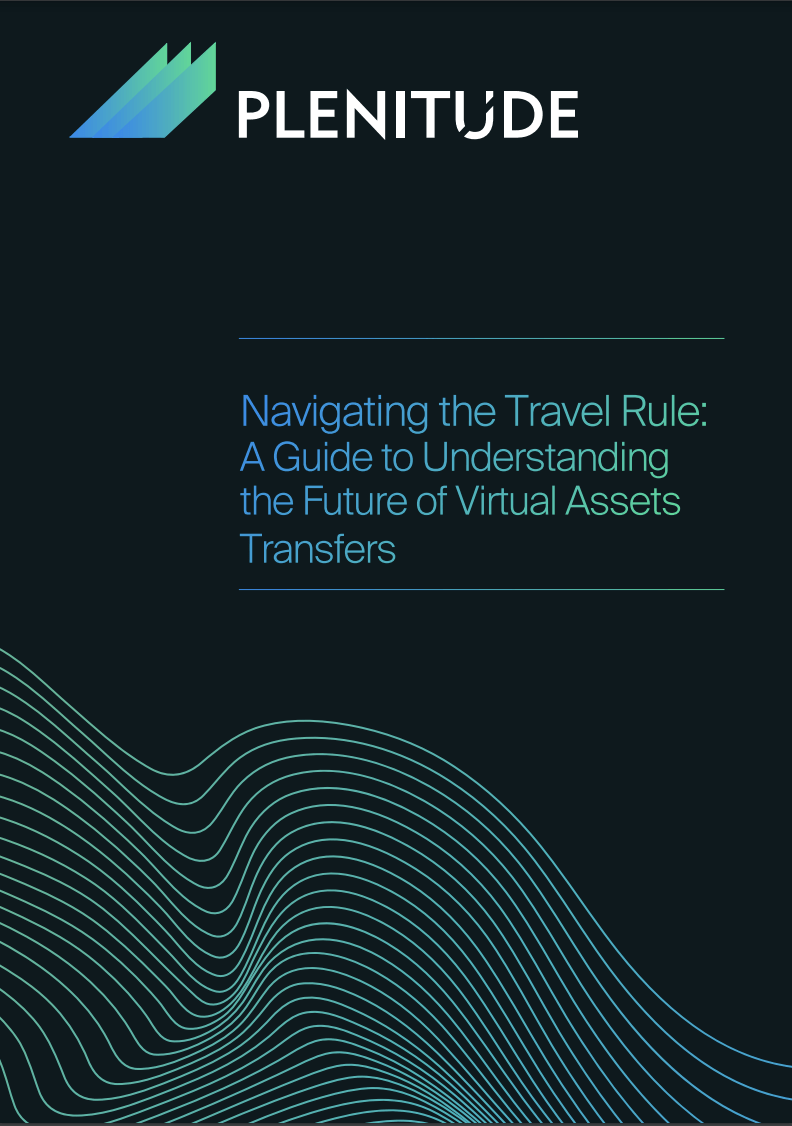Implementation of Travel Rule requirements, which aim to enhance the traceability of virtual asset (VA) transfers and prevent illicit activities, is gaining momentum globally. Regulatory bodies are adapting existing frameworks to encompass VAs, while Virtual Asset Service Providers (VASPs) are diligently working towards compliance. Nonetheless, the Travel Rule remains a challenging endeavour due to its intricate nature and inherent conflicts with some characteristics of VAs.
Despite initial slow global adoption, the pace of implementation has accelerated, with prominent markets such as the United Kingdom, Hong Kong, and the European Union having recently or about to enforce the requirements. Nevertheless, significant challenges persist, including the “sunrise issue,” divergent jurisdictional requirements, and the complexities of counterparty identification and verification.
To address these challenges, Travel Rule messaging protocols (TRMPs) have been developed as secure means to exchange originator and beneficiary information. These protocols exhibit variance in terms of openness and participation criteria. At the same time, several market participants offer Travel Rule Solutions (TRSs) to facilitate VASPs compliance with the Travel Rule requirements. However, the selection of an appropriate TRMP and TRS presents its own set of challenges, primarily stemming from interoperability issues among different protocols and the complexity of integrating multiple solutions. Consequently, VASPs must conscientiously consider several factors, such as counterpart identification, country-specific requirements, and configurability, when choosing the most suitable approach to complying with Travel Rule requirements.
Conclusion
The Travel Rule is rapidly becoming an essential piece of the puzzle for the VA industry to develop in a way that complies with existing regulatory frameworks. However, achieving compliance with the Travel Rule poses a formidable challenge for VASPs. Not only are there numerous messaging protocols and solution providers available in the market, but also, as highlighted in the recent FATF report, not all solutions are capable of enabling VASPs to fully comply with the Travel Rule requirements. Therefore, it is crucial for VASPs to understand their own business needs and local regulatory requirements in order to select the most appropriate solutions.
Nonetheless, VASPs should understand that merely having a solution in place does not automatically ensure full compliance with Travel Rule requirements. Configuring and integrating the solution effectively into their existing compliance program is equally as important in order to achieve effective risk management outcomes and meet regulatory obligations. VASPs must understand that Travel Rule compliance is a significant undertaking and they should proactively start designing and implementing the required systems and controls in order to avoid potential regulatory breaches and enforcement action. A recent report published by Notabene indicates that many VASPs are still unclear about what full compliance with Travel Rule requirements entails. Even among the respondents who claimed to be fully compliant



 Gary Yeung
Gary Yeung




